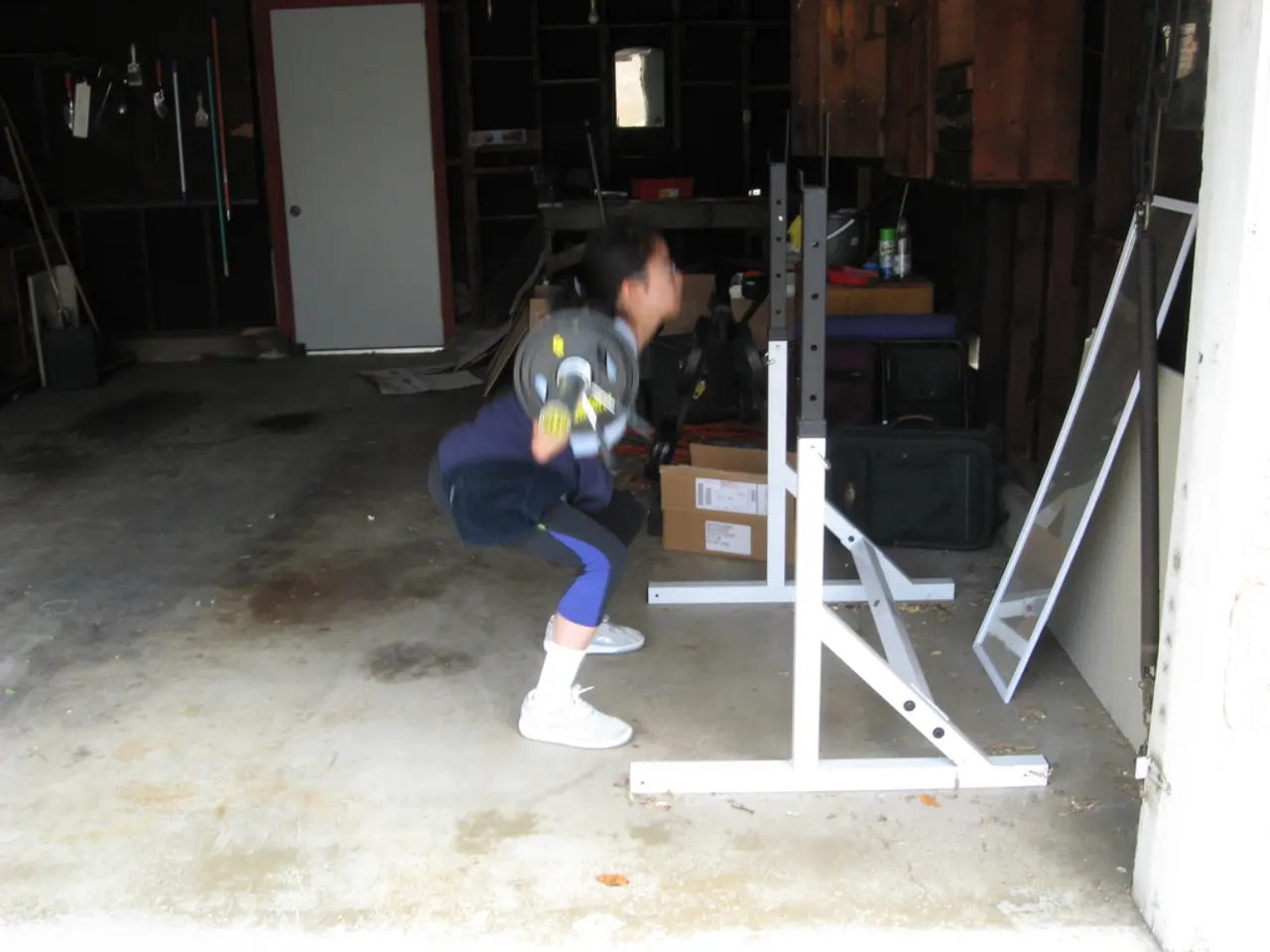Assessing Physical Exertion and Emotional Responses During Progressive Physical Exercise: Investigating Alterations via Facial Analysis Technology and Subjective Reports
In a groundbreaking development, researchers have utilised biometric software for automated facial action analysis to delve into the feelings experienced during physical exercise. This innovative approach offers a wealth of opportunities for researchers investigating emotions during workout sessions.
The study, conducted on 132 young, healthy individuals, involved an incremental test on a cycle ergometer. The participants' faces were video-recorded and the changes were algorithmically analysed at a frame rate of 30 frames per second.
The results revealed that subtle facial muscle movements, such as a mouth open or jaw drop, can objectively capture emotions, perceived exertion, and even early warning signs of physiological overload. For instance, a mouth open was linked to changes in affective valence and ratings of perceived exertion, while a nose wrinkle was indicative for the decline in affective valence.
Facial expressions, as analysed via Facial Action Coding Systems (FACS), serve as a window into emotional self-regulation during exertion. These expressions can indicate stress, discomfort, or effort intensity, correlating with affective states and subjective perceptions of exercise intensity.
This method supports monitoring emotional self-regulation and physical strain in real time, enhancing our understanding of the mind-body interplay during exercise. It provides objective indicators of physiological load and potential overload, signalled by subtle expression changes.
Moreover, response modulation through exercise impacts both emotional and physiological domains. Physical activity can modulate negative affect and aid emotional regulation through hormonal and autonomic adjustments. Automated analysis of facial actions during exercise thus provides real-time, non-invasive metrics linking behavioural expressions to underlying physiological strain and emotional states.
Detecting specific facial micro-expressions or tension patterns can also serve as early markers of overload—the point at which the body is experiencing unsafe levels of stress, which precedes more obvious signs such as decreased performance or injury. This could be used to adapt training intensity and improve safety.
In summary, the study offers physical educators and coaches a new way of monitoring the affective state of exercisers without interrupting them. The findings suggest that negative affect, which escalates with increasing exercise intensity, may be a warning signal of physiological overload. The study found a quadratic decline in self-reported affective valence as exercise intensity increased, offering valuable insights into the emotional experience and physiological state underlying exercise performance.
- By integrating eye tracking technology into consumer research, scientists can further explore the relationship between fitness-and-exercise, mental-health, and therapies-and-treatments, delving deeper into the emotional responses during exercise.
- This new method of analyzing facial micro-expressions and tension patterns during health-and-wellness practices could serve as valuable tools for both researchers and coaches, offering insights into early warning signs of physiological overload and aiding in the adaptation of training intensity for improved safety.
- The findings from this study significantly expand the understanding of the mind-body interplay in exercise, shedding light on the role of subtle facial muscle movements in capturing emotional self-regulation and physiological strain, which can be applied to consumer research, mental-health studies, and fitness-and-exercise programs.




